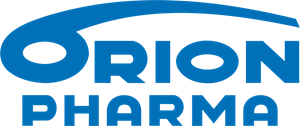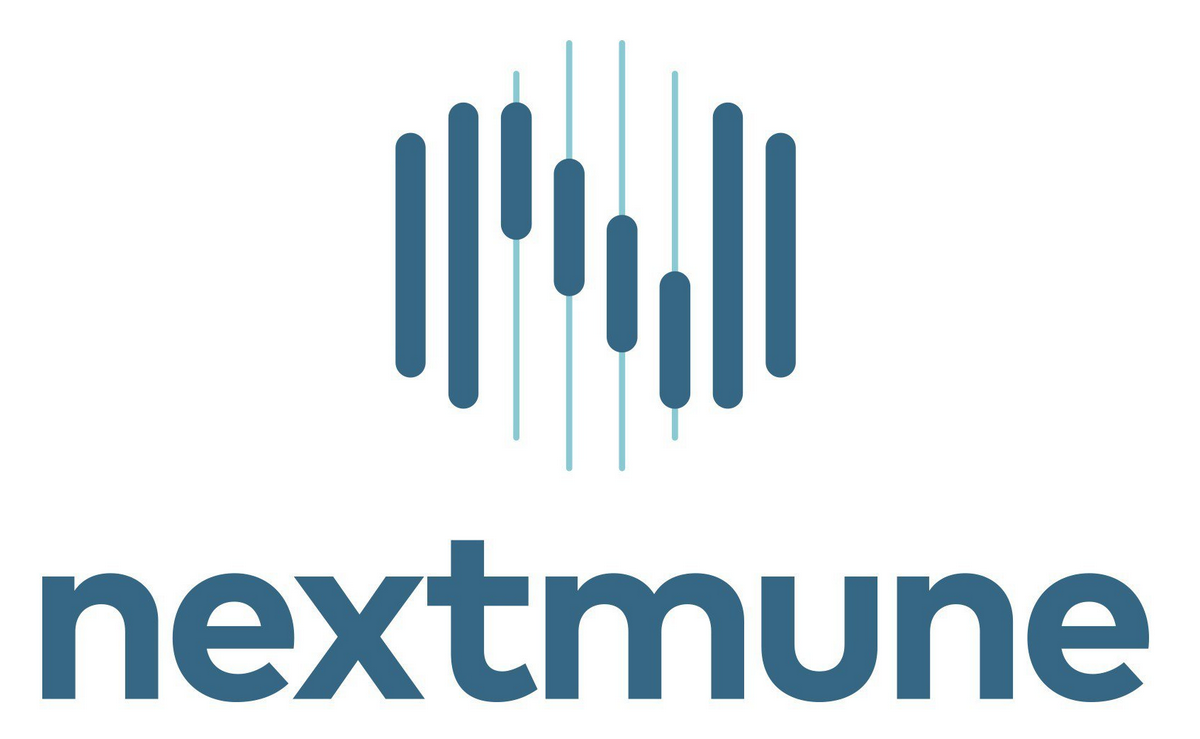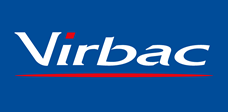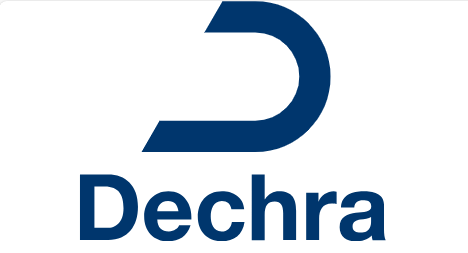Moxodex
Active substance
ATC code
Species
Sheep.
Indications
For the treatment and prevention of mixed infections of sheep with parasites sensitive to moxidectin
Adult and/or immature gastro-intestinal nematodes:
- Haemonchus contortus (including inhibited larvae)
- Teladorsagia circumcincta (including inhibited larvae)
- Teladorsagia trifurcata
- Trichostrongylus axei (including inhibited larvae)
- Trichostrongylus colubriformis
- Trichostrongylus vitrinus
- Nematodirus battus
- Nematodirus spathiger
- Nematodirus filicolis (adults only)
- Strongyloides papillosus (larval stages only)
- Cooperia curticei (adults only)
- Cooperia oncophora
- Oesophagostomum columbianum
- Oesophagostomum venulosum (adults only)
- Chabertia ovina
- Trichuris ovis (adults only)
Adult respiratory tract nematode:
- Dictyocaulus filaria
The product has a persistent effect in preventing reinfection:
for 5 weeks by Teladorsagia circumcincta and Haemonchus contortus for 4 weeks by Oesophagostomum columbianum
Clinical trials, after experimental and natural infection, have shown that the product is effective against certain benzimidazole resistant strains of:
Haemonchus contortus
Teladorsagia circumcincta
Trichostrongylus colubriformis
Cooperia curticei
Dose to be administered and administration route
Oral use.
Should be given as a single oral drench of 1 ml/5 kg live bodyweight, equivalent to 200 μg moxidectin/kg live bodyweight, using any standard drenching equipment. To ensure a correct dosage, body weight should be determined as accurately as possible; accuracy of the dosing equipment should be checked.
Adverse reactions
None known.
Reporting adverse events is important. It allows continuous safety monitoring of a veterinary medicinal product. Reports should be sent, preferably via a veterinarian, to either the marketing authorisation holder or its local representative or the national competent authority via the national reporting system. See the package leaflet for respective contact details.
Dispensing
POM-VPSSUMMARY OF PRODUCT CHARACTERISTICS
1. NAME OF THE VETERINARY MEDICINAL PRODUCT
Moxodex 1 mg/ml oral solution for sheep.
2. QUALITATIVE AND QUANTITATIVE COMPOSITION
One ml contains:
Active substance:
Moxidectin 1.00 mg
Excipient:
Benzyl Alcohol (E1519) 40.0 mg
For the full list of excipients, see section 6.1
3. PHARMACEUTICAL FORM
Oral solution
Clear colourless to yellowish solution
4. CLINICAL PARTICULARS
4.1 Target species Sheep.
4.2 Indications for use, specifying the target species
For the treatment and prevention of mixed infections of sheep with parasites sensitive to moxidectin
Adult and/or immature gastro-intestinal nematodes:
- Haemonchus contortus (including inhibited larvae)
- Teladorsagia circumcincta (including inhibited larvae)
- Teladorsagia trifurcata
- Trichostrongylus axei (including inhibited larvae)
- Trichostrongylus colubriformis
- Trichostrongylus vitrinus
- Nematodirus battus
- Nematodirus spathiger
- Nematodirus filicolis (adults only)
- Strongyloides papillosus (larval stages only)
- Cooperia curticei (adults only)
- Cooperia oncophora
- Oesophagostomum columbianum
- Oesophagostomum venulosum (adults only)
- Chabertia ovina
- Trichuris ovis (adults only)
Adult respiratory tract nematode:
- Dictyocaulus filaria
The product has a persistent effect in preventing reinfection:
for 5 weeks by Teladorsagia circumcincta and Haemonchus contortus for 4 weeks by Oesophagostomum columbianum
Clinical trials, after experimental and natural infection, have shown that the product is effective against certain benzimidazole resistant strains of:
Haemonchus contortus
Teladorsagia circumcincta
Trichostrongylus colubriformis
Cooperia curticei
4.3 Contraindications
Do not use in cases of known hypersensitivity to the active substance or to any of the excipients.
4.4 Special warnings for each target species
Care should be taken to avoid the following practices because they increase the risk of development of resistance and could ultimately result in ineffective therapy: - Too frequent and repeated use of anthelmintics from the same class, over an extended period of time
- Underdosing, which may be due to underestimation of body weight, misadministration of the product, or lack of calibration of the dosing device (if any). - Suspected clinical cases of resistance to anthelmintics should be further investigated using appropriate tests (e.g. Faecal Egg Count Reduction Test). Where the results of the test(s) strongly suggest resistance to a particular anthelmintic, an anthelmintic belonging to another pharmacological class and having a different mode of action should be used.
Resistance to macrocyclic lactones has been reported in Teladorsagia in sheep in a number of countries. In 2018, throughout Europe, multiple resistance of Teladorsagia circumcincta to moxidectin, levamisole, benzimidazole and ivermectin were reported. Moxidectin resistant Haemonchus contortus and Trichostrongylus colubriformis were also described. Therefore the use of this product should be based on local (regional, farm) epidemiological information about susceptibility of parasites, local history of treatments and recommendations on how to use the product under sustainable conditions to limit further selection for resistance to antiparasitic compounds.
4.5 Special precautions for use
Special precautions for use in animals None known.
Special precautions to be taken by the person administering the veterinary medicinal product to animals
- Avoid direct contact with skin and eyes.
- Wear impermeable rubber gloves during use.
- In the event of eye contact, flush the eye with copious amounts of clean water and seek medical advice.
- Wash hands or any exposed area after use.
- Do not smoke, eat or drink when handling this product.
Other precautions regarding impact on the environment
Moxidectin fulfils the criteria for a (very) persistent, bioaccumulative and toxic (PBT) substance; therefore, exposure of the environment to moxidectin must be limited to the extent possible. Treatments should be administered only when necessary and should be based on faecal egg counts or evaluation of the risk of infestation at the animal and/or herd level.
Like other macrocyclic lactones, moxidectin has the potential to adversely affect non-target organisms:
• Faeces containing moxidectin excreted onto pasture by treated animals may temporarily reduce the abundance of dung feeding organisms. Following treatment of sheep with the product, levels of moxidectin that are potentially toxic to dung fly species may be excreted over a period of 4 days and may decrease dung fly abundance during that period. It has been established in laboratory tests that moxidectin may temporarily affect dung beetle reproduction; however, studies with incurred residues indicate no long-term effects. Nevertheless, in case of repeated treatments with moxidectin (as with products of the same anthelmintic class) it is advisable not to treat animals every time on the same pasture to allow dung fauna populations to recover.
• Moxidectin is inherently toxic to aquatic organisms including fish. The product should be used only according to the label instructions. Based on the excretion profile of moxidectin when administered as the oral formulation to sheep, treated animals should not have access to watercourses during the first 3 days after treatment.
4.6 Adverse reactions (frequency and seriousness) None known.
4.7 Use during pregnancy, lactation or lay
Moxidectin has been shown to be safe for use in pregnant, lactating and breeding animals.
Can be used during pregnancy and lactation. Can be used in breeding animals.
4.8 Interaction with other medicinal products and other forms of interaction The effects of GABA agonists are increased by moxidectin.
4.9 Amounts to be administered and administration route
Should be given as a single oral drench of 1 ml/5 kg live bodyweight, equivalent to 200 μg moxidectin/kg live bodyweight, using any standard drenching equipment. To ensure administration of a correct dosage, body weight should be determined as accurately as possible; accuracy of the dosing equipment should be checked.
4.10 Overdose (symptoms, emergency procedures, antidotes), if necessary
Symptoms have not been observed at less than 5 times the recommended dose. They are manifested as transient salivation, depression, drowsiness and ataxia 8 to 12 hours post-treatment. Treatment is not generally necessary and recovery is generally complete within 24 to 48 hours. There is no specific antidote.
4.11 Withdrawal period Meat and offal:14 days.
Milk: 5 days.
5. PHARMACOLOGICAL PROPERTIES
Pharmacotherapeutic group: Endectocides, macrocyclic lactones, milbemycins ATC Vet code: QP 54 AB 02
5.1 Pharmacodynamic properties
Moxidectin is a parasiticide active against a wide range of economically important internal and external parasites and is a second generation macrocyclic lactone of the milbemycin family. Its principal mode of action is interfering with neuromuscular transmission of the GABA (gamma amino butyric acid)-gated or glutamate-gated chloride channels. Moxidectin stimulates the release of GABA and increases its binding to the postsynaptic receptors. The net effect is to open the chloride channels on the postsynaptic junction to allow the inflow of chloride ions and induce an irreversible resting state. This results in flaccid paralysis and eventual death of parasites exposed to the drug.
5.2 Pharmacokinetic properties
Moxidectin is absorbed after oral administration with peak plasma levels around 13 hours after dosing and is eliminated slowly with a t ½ of approximately 7 days. The drug is distributed throughout the body tissues but due to its lipophilicity the target tissue is fat where concentrations are 10 to 20 times higher than those found in other tissues. Moxidectin undergoes limited biotransformation by hydroxylation.
The only significant route of excretion is the faeces.
Environmental properties
Moxidectin fulfils the criteria for a (very) persistent, bioaccumulative and toxic (PBT) substance. In particular, in acute and chronic toxicity studies with algae, crustaceans and fish, moxidectin showed toxicity to these organisms, yielding the following endpoints:
|
|
Organism |
EC50 |
NOEC |
|
Algae |
S. capricornutum |
>86.9 µg/l |
86.9 µg/l |
|
Crustaceans (Water fleas) |
Daphnia magna (acute) |
0.0302 µg/l |
0.011 µg/l |
|
Daphnia magna (reproduction) |
0.0031 µg/l |
0.010 µg/l |
|
|
Fish |
O. mykiss |
0.160 µg/l |
Not determined |
|
L. macrochirus |
0.620 µg/l |
0.52 µg/l |
|
|
P. promelas (early life stages) |
Not applicable |
0.0032 µg/l |
|
|
|
Cyprinus carpio |
0.11 µg/l |
Not determined |
EC50: the concentration which results in 50% of the test species individuals being adversely affected, i.e. both mortality and sub-lethal effects.
NOEC: the concentration in the study at which no effects are observed.
This implies that when allowing moxidectin to enter water bodies, this may have a severe and lasting impact on aquatic life. To mitigate this risk, all precautions for use and disposal must be adhered to.
6. PHARMACEUTICAL PARTICULARS
6.1 List of excipients Benzyl Alcohol (E1519)
Propylene Glycol
Polysorbate 20
Disodium Phosphate Dodecahydrate
Sodium Dihydrogen Phosphate Dihydrate Water, purified
6.2 Major incompatibilities
In the absence of compatibility studies, this veterinary medicinal product must not be mixed with other veterinary medicinal products.
6.3 Shelf life
Shelf life of the veterinary medicinal product as packaged for sale: 18 months.
Shelf life after first opening the immediate packaging: 6 months.
6.4 Special precautions for storage
Keep the container in the outer carton in order to protect from light. Do not store above 25°C
6.5 Nature and composition of immediate packaging
White HDPE flexi containers containing 1L, 2.5 L, 3 L and 5 L of product. The containers are closed with an aluminium foil seal and polypropylene tamperevident caps.
The product is marketed in a cardboard outer carton.
Not all pack sizes may be marketed.
6.6 Special precautions for the disposal of unused veterinary medicinal product or waste materials derived from the use of such products
Any unused veterinary medicinal product or waste material derived from such veterinary medicinal products should be disposed of in accordance with local requirements. Do not contaminate watercourses with the product.
7. MARKETING AUTHORISATION HOLDER
Chanelle Pharmaceuticals Manufacturing Ltd
Loughrea
Co. Galway
Ireland
8. MARKETING AUTHORISATION NUMBER Vm 08749/4089
9. DATE OF FIRST AUTHORISATION
24 July 2018
10. DATE OF REVISION OF THE TEXT
October 2022

Approved: 27 October 2022
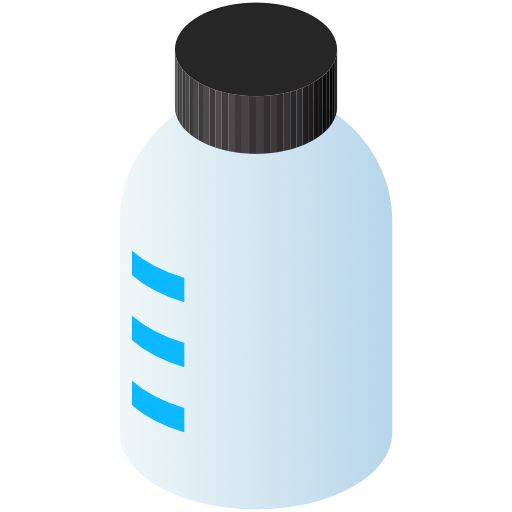
| Art. Nr. |
|---|
 TRUSTED SOURCE
TRUSTED SOURCE




